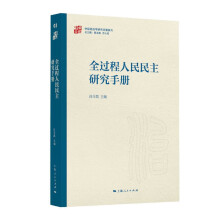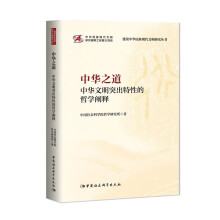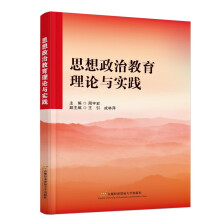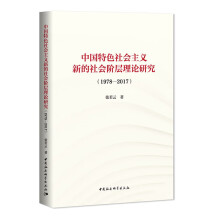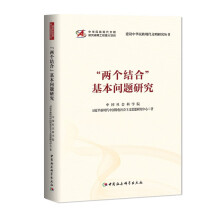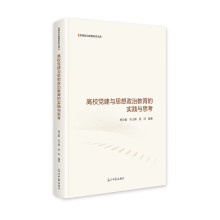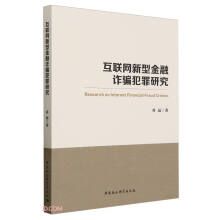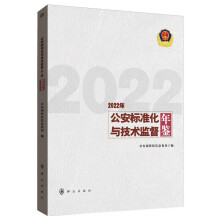6.Guaranteeing the Right to Education
China runs education for the public good and regards equal access to education as a basic national education policy.It has made significant progress in protecting the right to education.The gross enrollment rate in three-year preschool education rose to 85.2 percent in 2020 from 56.6 percent in 2010.In 2020,the completion rate of compulsory education was 95.2 percent,and the availability of compulsory education reached the average level of high-income countries.More than 95 percent of chil-dren with disabilities received compulsory education.
The state has established a policy system for subsidizing students with financial difficulties,which offers full coverage from preschool to postgraduate education.As a result,the goal of ensuring that no student drops out of school due to financial difficulties has now been largely achieved.The state gives more support to education in rural areas and central and western regions.Thanks to this,96.8 percent of the counties nationwide have realized balanced compulsory education,and more chil-dren in rural areas and central and western regions enjoy better access to quality education.
The gross enrollment rate in senior secondary education increased from 42.8 percent in 2000 to 91.2 percent in 2020,higher than the av-erage of upper-middle-income countries.The gross enrollment rate in higher education rose from 12.5 percent in 2000 to 54.4 percent in 2020.China has built the world's largest higher education system,with over 40 million students on campus.
7.Expanding Social Security to Cover All Citizens
Social security is a basic institutional guarantee for safeguarding and improving people's lives,ensuring social equity and enhancing their sense of wellbeing.
In 2020,340 million people were covered by basic medical insur-ance for urban workers,and 1.02 billion by basic medical insurance for rural and non-working urban residents - a total of 1.36 billion.As of June 2021,basic old-age insurance for urban workers covered 467 million peo-ple,basic old-age insurance for rural and non-working urban residents covered 547 million,and unemployment insurance covered 222 million.Work-related injury insurance covered 274 million,90.8 million of whom were migrant workers.Childbirth insurance covered more than 235 mil-lion people.In addition,the state has established a serious illness insur-ance covering both urban and rural residents,which is a supplement to the basic medical insurance systems,reimbursing the victims of serious illnesses for their high medical expenses.
China has established a comprehensive and inclusive social assistance system whose main provisions are subsistence allowances,assistance and support for severely impoverished people,disaster relief,medical assistance,education assistance,housing assistance,employment assis-tance,and temporary assistance,supplemented by public participation.Atthe end of 2020,8 million people lived on urban subsistence allowances,36.2 million on rural subsistence allowances,310,000 on assistance and support for urban residents in extreme difficulty,and 4.5 million on assistance and support for rural residents in extreme difficulty.In 2020,13.4 million received temporary assistance; 186 million received medical assistance worth of RMB54.7 billion.
To guarantee a basic living to people in difficulties caused by Covid-19,the government provided temporary subsidies totaling RMB21.8 billion to residents in need when the Consumer Price Index fiuctuates beyond a cer-tain range,benefitting 400 million people.Due to impact from Covid-19,subsistence allowances were extended to an additional 2.4 million people facing difficulties,and 2.5 million received temporary assistance.
……
展开

